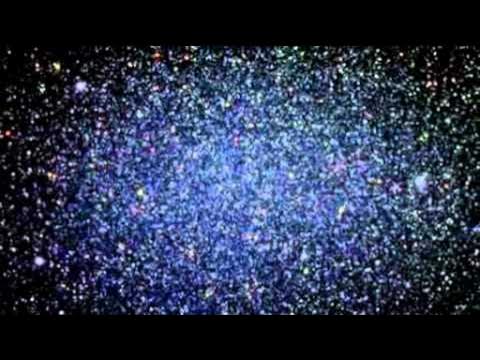We Don’t Know What the Sun Is Made Of
Summary
TLDRThe composition of the Sun has puzzled astronomers for decades. Using spectrography, Cecilia Payne determined in the 1920s that the Sun is made mostly of hydrogen and helium. The remaining elements are lumped together as 'metals.' Knowing the exact metallicity of stars allows inferences about planet formation. In 2009, a new high-precision model suggested the Sun has far fewer metals than previously thought - only 1.34%, versus 1.9%. However, this conflicts with data on the Sun's interior structure from helioseismology. Since then, multiple new analyses have tried to resolve the discrepancy by re-evaluating spectral measurements and opacity of metals like iron under solar conditions. Yet over a decade later, the question of the Sun's precise metallicity remains unsettled.
Takeaways
- 😯 Astronomers still don't know the exact composition of the Sun, even though it's close by
- 🔬 Cecilia Payne used spectroscopy to show the Sun is mostly hydrogen and helium
- 👩🔬 Astronomers call all elements besides hydrogen and helium "metals"
- 🌟 A star's metals come from previous generations of stars and are key for planet formation
- 😕 Conflicting measurements make it hard to pin down exactly how much of the Sun is metals
- 📊 A 2009 study using new models found the Sun has far fewer metals than thought before
- 🚨 This significantly reduced the expected metals across the universe
- ⏺ But helioseismology shows the Sun's interior structure implies more metals
- 🔎 Scientists are still working on updated opacity measurements and analyses to resolve the conflict
- 🤘 We don't know the Sun's composition, but it clearly has great musical taste
Q & A
What was the common belief about the composition of the universe 100 years ago?
-100 years ago, most astronomers thought that everything in the universe was made of the same stuff as the Earth - the same elements in basically the same amounts.
How did Cecilia Payne revolutionize our understanding of the composition of stars?
-Cecilia Payne perfected the science of spectrography and figured out that many of the gaps in the Sun's spectrum come from just the first two elements - hydrogen and helium. She realized stars were almost entirely made of these two elements.
Why are elements beyond hydrogen and helium called 'metals' by astronomers?
-Elements beyond hydrogen and helium are very un-abundant in the greater cosmos, so astronomers lump them together under 'metals', even though many would not normally be considered metals.
Why are the exact metal contents of stars important?
-The metals in stars are scattered when they die to become the building blocks of new stars, planets, and anything not made of hydrogen and helium. So knowing exact metal contents tells us about cosmic origins and potential for life.
Why is determining the exact metal content of the Sun difficult?
-Stellar spectra can be complicated. Atoms of elements absorb different wavelengths depending on temperature, charge and other factors. Also, absorption lines can overlap between elements.
How did a new spectral analysis method in 2009 challenge existing ideas about the Sun's composition?
-Using new precise models, a 2009 study found the Sun had only 1.34% metals, much less than the ~1.9% previously thought. This had big implications for expectations of metals and life in the wider universe.
How does helioseismology conflict with the 2009 spectral analysis results?
-Helioseismology shows a transition zone depth implying a higher solar metallicity around 1.9%, matching traditional ideas but conflicting with the new 1.34% finding.
What are some ways researchers are trying to resolve the conflict over measurements of solar metallicity?
-Updating spectral models with new data, re-evaluating opacity of metals like iron under solar conditions, and reconsidering convection zone behavior if solar metallicity is lower.
What is the current range of values found by different research methods for the Sun's overall metallicity?
-Different recent analyses have produced values ranging from about 1.34% to 1.6%, with no definitive answer yet.
What album name suggestions does the video request for the personified heavy metal rocker Sun?
-The video asks viewers to suggest potential album names for the metal rocker Sun in the comments.
Outlines

This section is available to paid users only. Please upgrade to access this part.
Upgrade NowMindmap

This section is available to paid users only. Please upgrade to access this part.
Upgrade NowKeywords

This section is available to paid users only. Please upgrade to access this part.
Upgrade NowHighlights

This section is available to paid users only. Please upgrade to access this part.
Upgrade NowTranscripts

This section is available to paid users only. Please upgrade to access this part.
Upgrade Now5.0 / 5 (0 votes)





